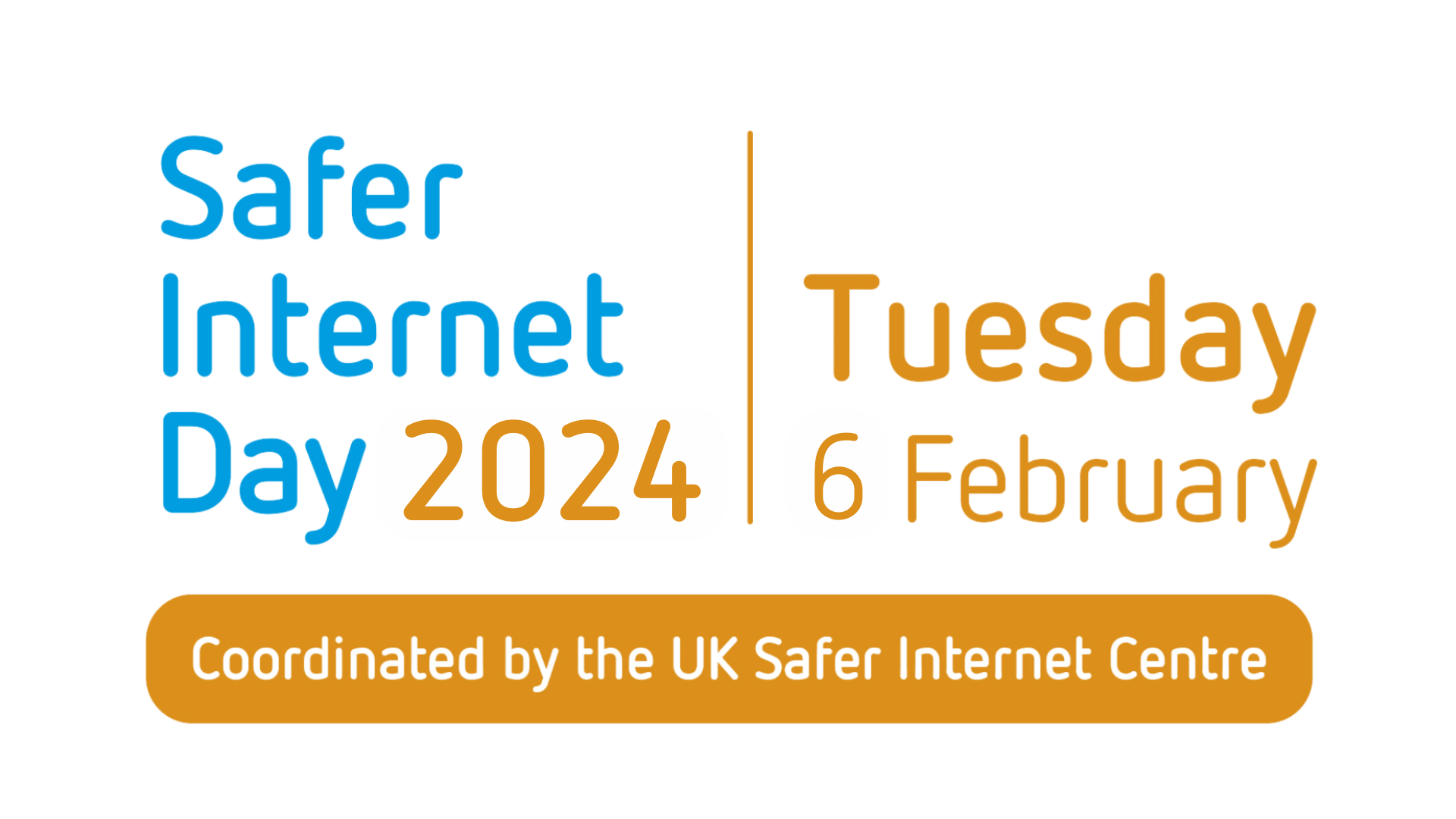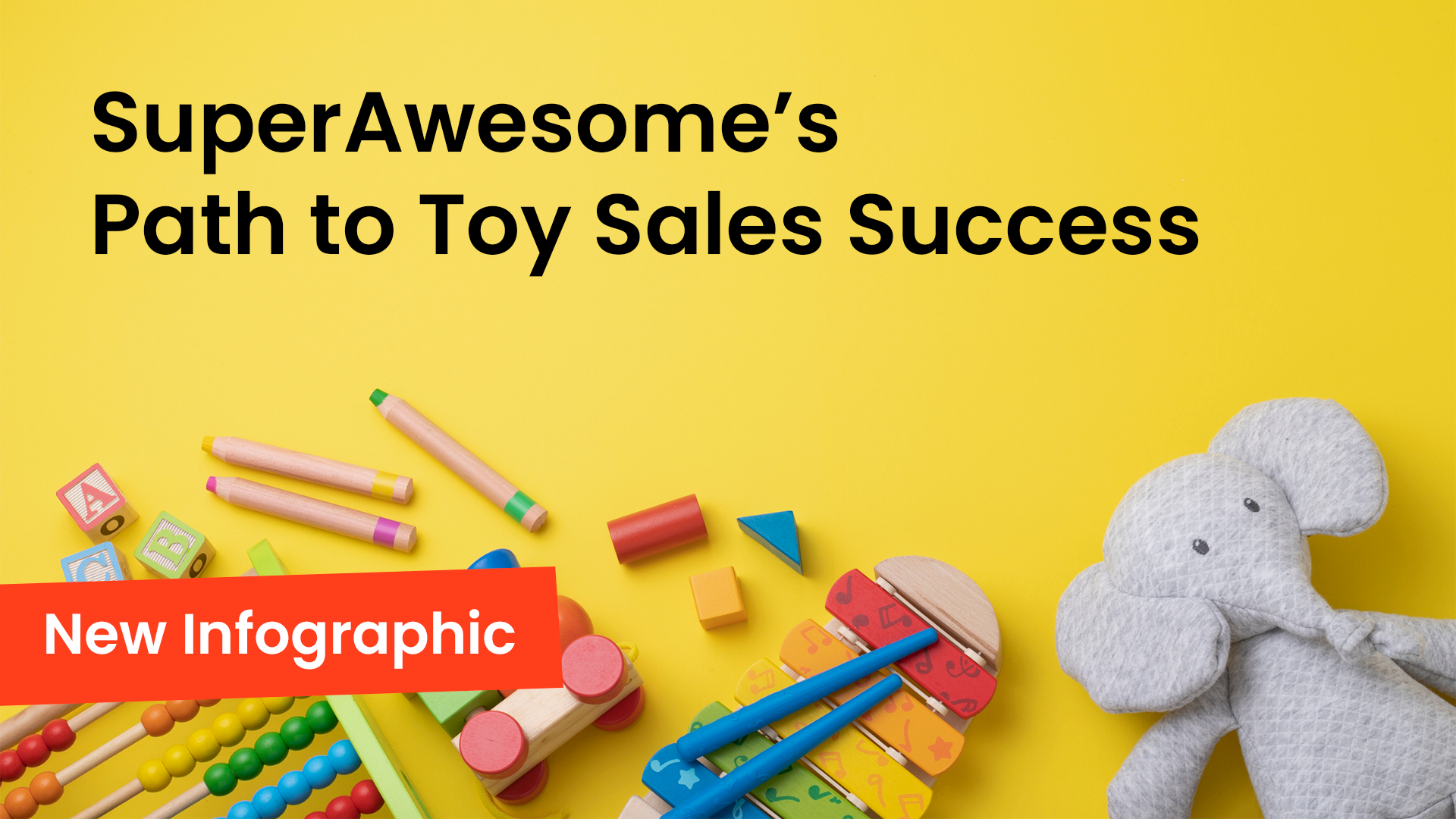The pandemic has transformed the way that young audiences socialize and consume entertainment, with kids’ daily screen-time doubling in the US when lockdowns began. Overnight, every brand became a youth and family brand, with a responsibility to protect young audiences in digital environments.
With a constant flow of new digital marketing strategies that make for fun and engaging experiences, there is also opportunity for confusion. Lines can become blurred between what is and is not sponsored content, especially in new advertising formats such as brand integrations in gaming for example.
Young audiences must recognize when they are being marketed to, in ways that they can clearly understand. Transparent disclosures, especially in children’s content, is a top priority for lawmakers right now, making it essential for your brand to stay ahead of the curve.
Here are 3 tips for brands to consider when making appropriate advertising disclosures to young audiences.
Please note that this reflects SuperAwesome’s approach to marketing disclosures in the US only, as at the date of publication, and is for information purposes only. It does not constitute legal advice.

Tip 1: Brands should be as transparent as possible when speaking to an under-16 audience.
According to the FTC, disclosures need to be presented ‘clearly and conspicuously’.
As such, brands should use language that the audience will understand when disclosing advertising (e.g.,‘ad’ or ‘advertising’), and ensure the disclosure is easy to read in font, size, and color so it will stand out from the background.
Tip 2: When advertising on social media, do not assume that a platform’s disclosure tools alone are good enough.
For example, YouTube has a disclosure tool which can be used on Made for Kids content to tag paid promotions. While this may be a useful tool for creators, it is likely not enough on its own. The FTC and CARU have recently suggested that kids are most likely to notice disclosures made in audio and video. Therefore, as a best practice, videos should also incorporate audio disclosures (like “This is an ad”) and text disclosures to increase the likelihood that children receive the message.
Tip 3: New promotional formats like branded worlds on gaming platforms like Roblox require advertising disclosures.
Gaming provides many new ways for advertisers to reach kids, but no matter the format, the same principle remains: gamers should be aware when they’re being advertised to. A prudent approach is be to clearly label sponsored games as advertising where it is promoted or discoverable, on launch, and throughout gameplay.
These tips are some of the many covered in our Making appropriate advertising disclosures to kids (under-13) and Young Teens (under-16) free e-book, crafted specifically for the US market. This e-book looks at the SuperAwesome perspective on best practices for disclosures in influencer marketing, social media (by platform), and in-game content.
Download it here now.






